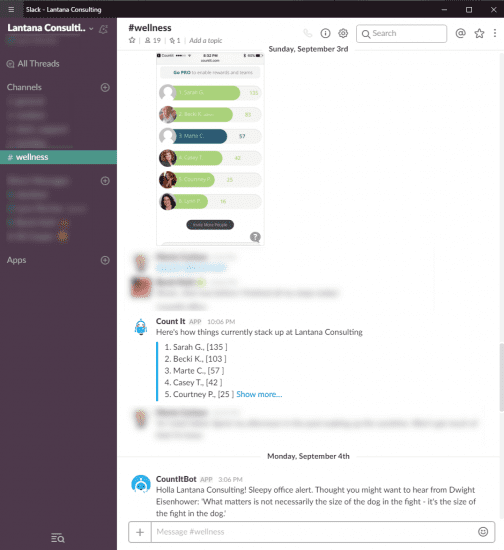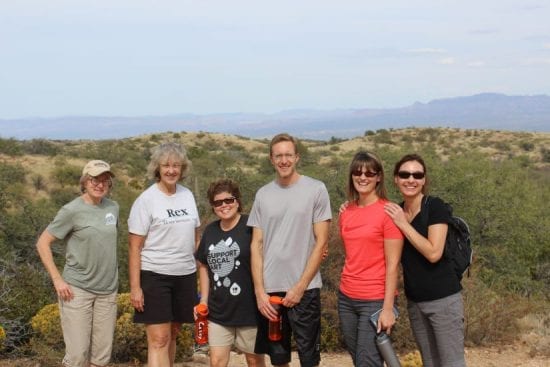Wellness in the Workplace
What comes to mind when you think of wellness? Good health? A low body mass index? An active lifestyle?
Wellness is more than the physical state of the body. It includes emotional, mental, and social well-being. The Substance Abuse and Mental Health Services Administration (SAMHSA) defines eight dimensions of wellness1:
- Emotional—Coping effectively with life and creating satisfying relationships
- Environmental—Good health by occupying pleasant, stimulating environments that support well-being
- Financial—Satisfaction with current and future financial situations
- Intellectual—Recognizing creative abilities and finding ways to expand knowledge and skills
- Occupational—Personal satisfaction and enrichment from one’s work
- Physical—Recognizing the need for physical activity, healthy foods, and sleep
- Social—Developing a sense of connection, belonging, and a well-developed support system
- Spiritual—Expanding a sense of purpose and meaning in life
In honor of National Wellness Week, we are kicking off our Wellness in the Workplace series. Over the next few months, you can read about Lantana’s spin on some of these dimensions of wellness. In this post, we focus on how Lantana supports physical wellness.
The physical dimension seems obvious and should be one of the easiest to address, but in a busy work environment can also be easy to ignore. A 2008 study published in the American Journal of Epidemiology found that American’s spend at least one-third of their waking hours on sedentary behaviors2. The health risks of a sedentary lifestyle are well documented and include obesity, diabetes, cardiovascular disease, and cancer3. Sedentary behaviors increase the risk of early death.
According to the Centers for Disease Control and Prevention (CDC), “implementing health programs inside the workplace has become a vital piece of a healthy lifestyle.” The CDC defines a workplace health program as “a health promotion activity or organization-wide policy designed to support healthy behaviors and improves health outcomes while at work4.” Most employees are sitting for most of the workday, so Lantana implemented a policy that provides stipends for standing desks.
Over this past year, we have had at least three Lantana walking challenges. This is a fun and healthy way to incorporate active breaks in the work day. The friendly competition serves as motivation. Fun apps like Stridekick, MyFitnessPal, and count.it track your personal or team progress towards your goals. We recently started a wellness channel on Slack to share tips and motivate each other. We integrated the count.it app in our #wellness thread on Slack, which shares our individual stats and scores. Not only do these activities address the physical dimension, but they also build social and emotional relationships through a shared experience. This is good for team members who have limited opportunities for face-to-face interaction.

Others find the flexibility of their schedules helpful to their wellness goals. They can participate in exercise or other activities and visit their health care providers without disrupting the workflow.
“Flexible work hours allow staff to participate in wellness activities around their schedule. That allows me to exercise when I can fit it in.” – Eric Nystrom, Lantana CFO
In previous blog posts you read about the annual Lantana Retreat. We pick our location and design our schedule so that we get time for a change of pace in the middle of the day. If not outdoors walking, hiking, or paddling, we visit a museum, work with an artist or craftsperson, or in some way, change it up from our normal desk-bound routines.


These are some of the many ways Lantana addresses physical wellness. Up next, we’re going to go powerlifting and delve into some of the other dimensions of wellness, such as occupational, social, and environmental.
For more information on SAMHSA’s Wellness Initiative, go to https://www.samhsa.gov/wellness-initiative.

[1] https://www.samhsa.gov/wellness-initiative/eight-dimensions-wellness
[2] https://www.ncbi.nlm.nih.gov/pmc/articles/PMC3527832/